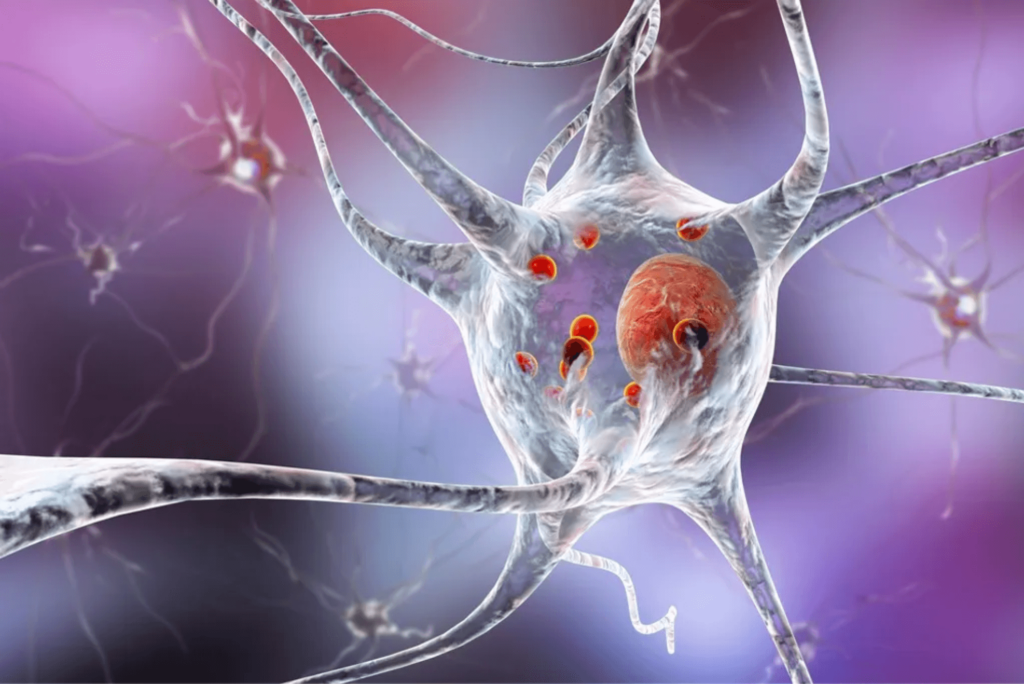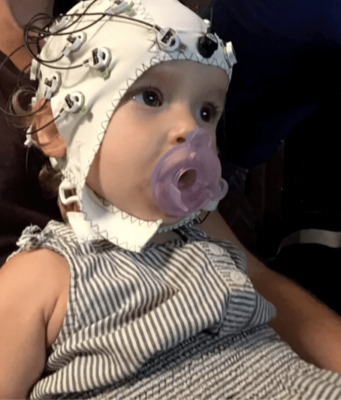The SynNeurGe Model, proposed by a group of scientists, has the potential to transform the understanding and classification of Parkinson’s disease, a formidable challenge for medical professionals worldwide. Parkinson’s is a neurodegenerative disorder that is challenging to manage effectively due to its complex interplay of genetic predisposition, environmental factors, and a wide range of symptoms. Traditionally, Parkinson’s diagnosis has relied heavily on clinical symptoms, leading to late identification and missed opportunities for early intervention. The SynNeurGe model takes a more comprehensive approach, integrating genetic, clinical, and imaging data to create a more accurate and early diagnosis. It also provides a foundation for personalized therapy tailored to the individual’s unique needs and symptoms, offering hope to millions of people worldwide.
Understanding Parkinson’s Disease Complexity
Parkinson’s disease is characterized by the progressive degeneration of dopaminergic neurons in the substantia nigra region of the brain, leading to a variety of motor and non-motor symptoms. While classic motor symptoms such as tremors, rigidity, and bradykinesia are hallmark features of Parkinson’s, the disease encompasses a broad spectrum of manifestations, including cognitive impairment, mood disturbances, and autonomic dysfunction. Furthermore, the underlying pathophysiology of Parkinson’s is multifaceted, involving intricate interactions between genetic susceptibility factors and environmental triggers.
The SynNeurGe Model: The Need for a New Classification Model
Given the complexity of Parkinson’s disease, the current diagnostic criteria based solely on clinical symptoms are inadequate for capturing the full spectrum of the disease. Moreover, by the time motor symptoms manifest and a clinical diagnosis is made, significant neurodegeneration has already occurred, limiting the effectiveness of therapeutic interventions. Recognizing these limitations, a team of scientists proposed a novel approach to Parkinson’s classification that shifts the focus from clinical symptoms to underlying biological mechanisms.
Introducing SynNeurGe
The SynNeurGe model represents a paradigm shift in Parkinson’s classification, emphasizing three key biological components:
- Syn: Alpha-synuclein, a protein implicated in the formation of Lewy bodies, is a central player in Parkinson’s pathology. Abnormal aggregation of alpha-synuclein leads to neuronal dysfunction and eventual cell death, contributing to the clinical manifestations of the disease.
- Neur: Neurodegeneration, encompassing the progressive loss of neuronal function, is a hallmark of Parkinson’s disease. While dopaminergic neurons are primarily affected in Parkinson’s, neurodegenerative changes extend beyond the dopaminergic system and involve multiple brain regions.
- Ge: Genetics plays a significant role in Parkinson’s susceptibility, with mutations in various genes contributing to disease risk. The interplay between genetic predisposition and environmental factors further complicates the pathogenesis of Parkinson’s, underscoring the need for a comprehensive understanding of genetic influences.
Advancing Research and Treatment Strategies
By incorporating the SynNeurGe framework into Parkinson’s classification, researchers aim to address several critical objectives:
- Early Disease Detection: By identifying individuals based on biological markers rather than clinical symptoms, the SynNeurGe model enables early detection of Parkinson’s before the onset of motor symptoms. This early identification is crucial for initiating interventions to slow disease progression and preserve neuronal function.
- Personalized Treatment Approaches: The SynNeurGe model facilitates the development of customized treatment strategies by categorizing patients based on their biological profiles. Tailoring interventions to target specific biological mechanisms associated with Parkinson’s holds promise for improving treatment efficacy and minimizing adverse effects.
- Accelerated Drug Development: The SynNeurGe model provides researchers with a framework for identifying homogeneous patient populations for clinical trials, thereby streamlining the drug development process. By focusing on patients with shared biological characteristics, researchers can enhance the likelihood of therapeutic success and expedite the translation of experimental therapies into clinical practice.
Insights from the Lead Scientist
The lead scientist involved in developing the SynNeurGe model emphasizes its transformative potential. Drawing parallels to cancer diagnosis, the scientist underscores the importance of early detection and intervention in Parkinson’s disease. By shifting the diagnostic criteria to focus on biological markers rather than clinical symptoms, the SynNeurGe model represents a significant step forward in modernizing Parkinson’s diagnosis and treatment strategies. This innovative approach holds promise for improving diagnostic accuracy, enhancing treatment efficacy, and ultimately transforming the lives of individuals with Parkinson’s disease.
Conclusion
The SynNeurGe model heralds a new era in Parkinson’s research and clinical practice by prioritizing biological mechanisms over clinical symptoms in disease classification. By integrating this innovative approach into research endeavors and clinical care, scientists and healthcare professionals aim to improve diagnostic accuracy, enhance treatment efficacy, and ultimately transform the lives of individuals with Parkinson’s disease. As research into Parkinson’s continues to evolve, the SynNeurGe model stands as a testament to the power of interdisciplinary collaboration and innovative thinking in tackling complex neurological disorders.
Medical Disclaimer: The information, including but not limited to, text, graphics, images, and other material contained on this website are for informational purposes only. No material on this site is intended to be a substitute for professional medical advice, diagnosis or treatment.
Reference
Höglinger GU, Adler CH, Berg D, et al. A biological classification of Parkinson’s disease: the SynNeurGe research diagnostic criteria. The Lancet Neurology. 2024 Feb 1;23(2):191–204. DOI:https://doi.org/10.1016/S1474-4422(23)00404-0
About Docquity
If you need more confidence and insights to boost careers in healthcare, expanding the network to other healthcare professionals to practice peer-to-peer learning might be the answer. One way to do it is by joining a social platform for healthcare professionals, such as Docquity.
Docquity is an AI-based state-of-the-art private & secure continual learning network of verified doctors, bringing you real-time knowledge from thousands of doctors worldwide. Today, Docquity has over 400,000 doctors spread across six countries in Asia. Meet experts and trusted peers across Asia where you can safely discuss clinical cases, get up-to-date insights from webinars and research journals, and earn CME/CPD credits through certified courses from Docquity Academy. All with the ease of a mobile app available on Android & iOS platforms!







